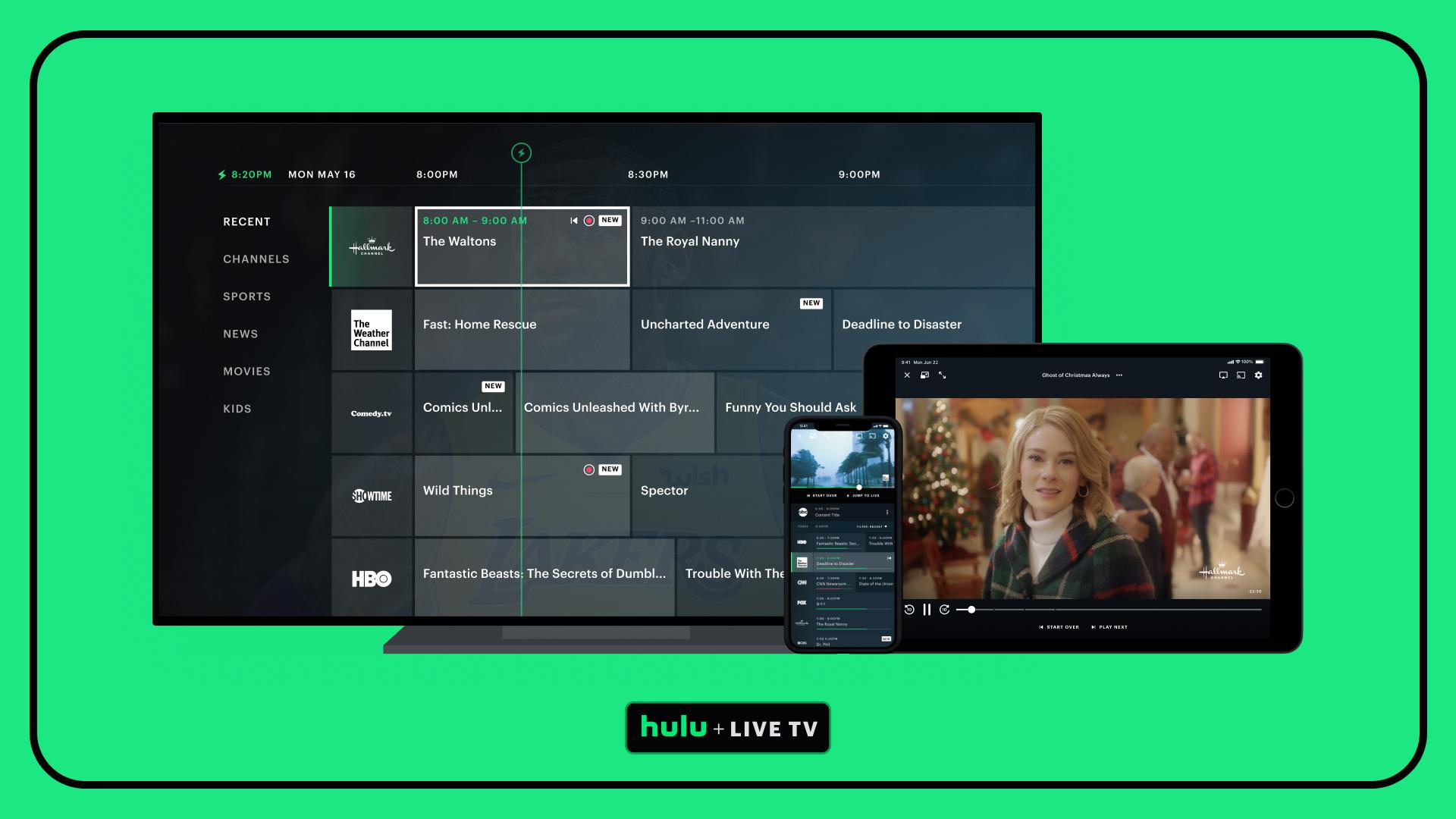As the landscape of television consumption continues to evolve, consumers are increasingly faced with the decision of whether to stick with traditional cable services or to explore the burgeoning realm of live TV streaming options. Among these alternatives, Hulu’s Live TV service has emerged as a prominent contender, promising a flexible and modern viewing experience. However, with the promise of innovation comes the inevitable question: Is Hulu’s Live TV service truly worth the money compared to conventional cable offerings? This article delves into a comprehensive analysis, examining key factors such as cost, channel selection, user experience, and technological capabilities to provide a balanced perspective on this pivotal decision for modern viewers.
Cost Analysis: Hulu Live TV vs. Traditional Cable
When comparing the financial aspects of Hulu Live TV and traditional cable, several factors come into play. Hulu Live TV typically offers a lower base price than many cable packages, providing access to a wide array of channels without the need for equipment rentals or installation fees. This streaming service often includes features like cloud DVR and simultaneous streaming on multiple devices, which are sometimes additional costs with cable providers.
- Monthly Subscription: Hulu Live TV generally starts at a competitive rate, often undercutting cable’s higher monthly charges.
- Hidden Fees: Cable packages frequently come with extra costs, such as taxes, fees, and equipment rentals, which can add up over time.
- Flexibility: Hulu Live TV allows for easy cancellation or plan changes without long-term contracts, unlike many cable services.
However, traditional cable can sometimes offer bundle deals that include internet and phone services, which might make it more cost-effective for some households. Additionally, local channels and specific network availability can vary, potentially affecting the perceived value depending on viewer preferences.

Content Variety and Channel Offerings
When considering the spectrum of content available, Hulu’s Live TV service presents a compelling array of options that challenge traditional cable offerings. Subscribers gain access to a diverse range of channels, including major networks like ABC, NBC, CBS, and FOX, alongside popular cable channels such as ESPN, CNN, and HGTV. This variety allows users to enjoy a mix of live sports, news, and entertainment, catering to a broad audience. Additionally, Hulu’s on-demand library, featuring exclusive series, movies, and original content, adds an extra layer of value that cable often lacks.
- On-Demand Library: Access to a vast selection of movies and series, including Hulu Originals.
- Customization: Ability to add premium networks like HBO and Showtime.
- No Contracts: Flexibility to cancel anytime without long-term commitments.
While cable may offer a more extensive lineup in certain regions, Hulu’s ability to blend live TV with streaming content creates a unique hybrid model. This combination can be particularly appealing for those who appreciate flexibility and a modern viewing experience. With features like cloud DVR and personalized recommendations, Hulu stands as a viable contender for those evaluating their entertainment investments.

User Experience and Interface Comparison
When it comes to navigating Hulu’s Live TV service, users are greeted with a sleek, modern interface that emphasizes simplicity and accessibility. The platform is designed with intuitive menus, allowing users to easily browse through live channels, on-demand content, and personalized recommendations. Key features include a customizable channel guide, the ability to create up to six individual profiles, and a seamless integration with Hulu’s existing library of shows and movies. These elements contribute to a user-friendly experience that feels both engaging and personalized.
In contrast, traditional cable interfaces often lack the same level of innovation and customization. Users frequently encounter clunky menu systems and limited search capabilities, which can make finding specific content cumbersome. While cable services do offer a familiar setup for long-time users, they typically fall short in terms of flexibility and modern design. However, some users may appreciate the consistency and reliability that cable interfaces provide, particularly those less inclined towards digital solutions. Ultimately, the decision between Hulu’s Live TV and cable may hinge on whether a user values a cutting-edge interface over traditional familiarity.

Evaluating Long-Term Value and Flexibility
- Subscription Flexibility: One of the standout features of Hulu’s Live TV service is its month-to-month subscription model. Unlike traditional cable, which often locks you into lengthy contracts, Hulu allows users to adjust their plans or cancel at any time without facing hefty penalties. This flexibility can be particularly appealing for those who might only want live TV for specific seasons or events.
- Content Variety and Personalization: Hulu’s combination of live TV and an extensive on-demand library provides a unique value proposition. Subscribers can enjoy current live broadcasts alongside a vast array of past seasons and exclusive content. This blend offers a level of personalization that cable often lacks, allowing viewers to tailor their experience based on their preferences and viewing habits.
While cable offers stability and sometimes more consistent quality in terms of live broadcasting, Hulu’s adaptability and expansive content options make it a formidable alternative. The ability to switch between live content and a personalized library enhances long-term value, especially for those who prioritize a diverse viewing experience.



